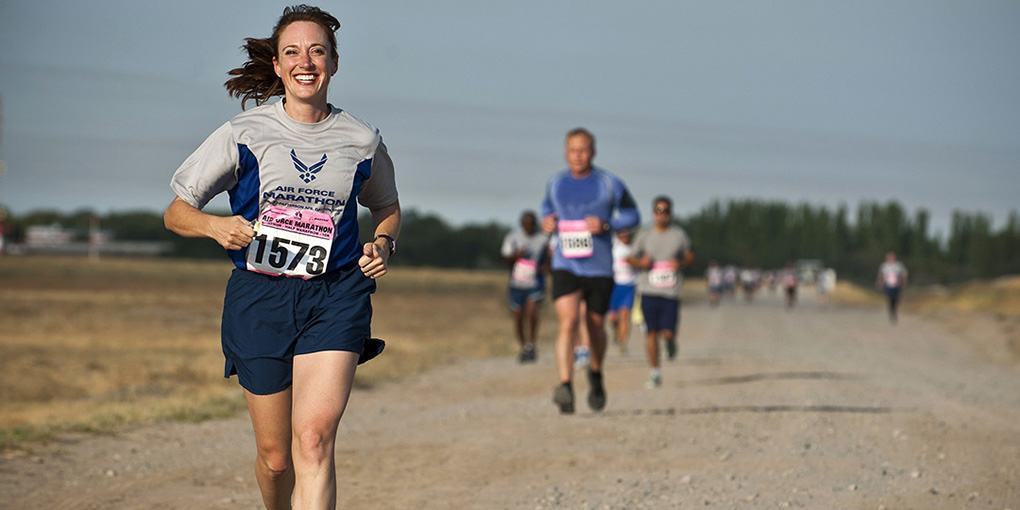Are you sick and tired of blisters ruining your running experience? Almost everyone who’s taken up running has had to deal with these nasty problems, and they can be one of the biggest obstacles to achieving your running goals.
So what causes blisters? They are typically caused by the rubbing of your shoe or sock on the outer layers of your skin. This movement causes those layers of skin to separate and your body responds by filling the gaps with fluid to cushion the sensitive inner layers. While it’s nice that your body will react to protect itself, those blisters can really hurt!
So what can we do to prevent them? This handy video from Illumiseen shows you a great trick known as the Lace/Heel Lock to help reduce the amount of rubbing caused by your shoe.
I have to admit that I never even noticed my running shoes had that extra hole, let alone understanding what they were designed for.
Anyway, exactly as the name suggests, the heel lock keeps your shoe from moving around too much by anchoring it to your heel. It does this by eliminating the excess space around your ankle and heel without tightening the rest of the shoe. This is a very useful feature as there’s nothing worse that losing feeling in your toes due to lack of circulation.
What’s the other great thing about this technique? Well if your shoe already has the extra hole (which most running shoes do) then it won’t cost you a cent!
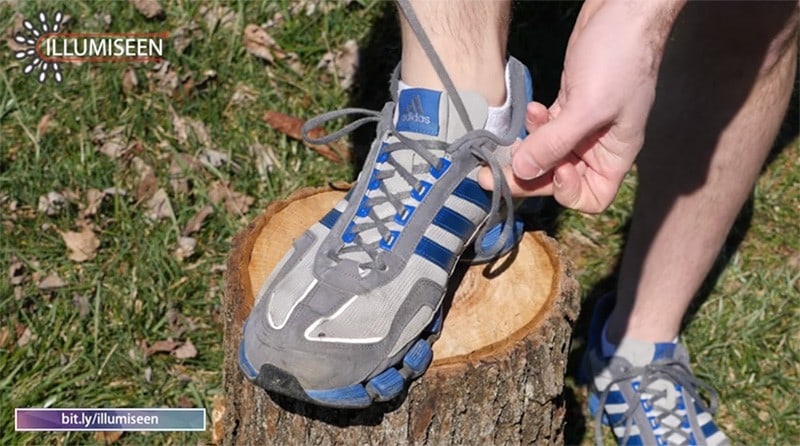
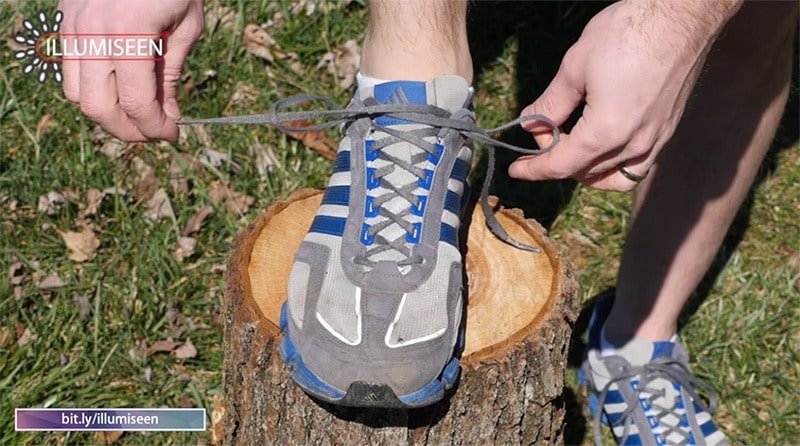
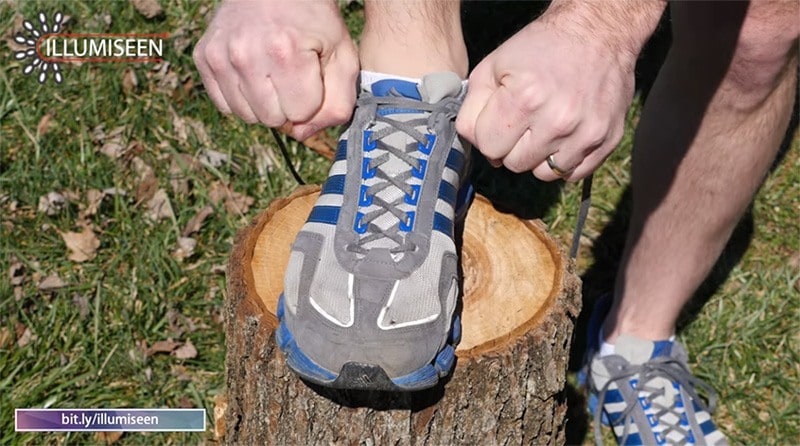
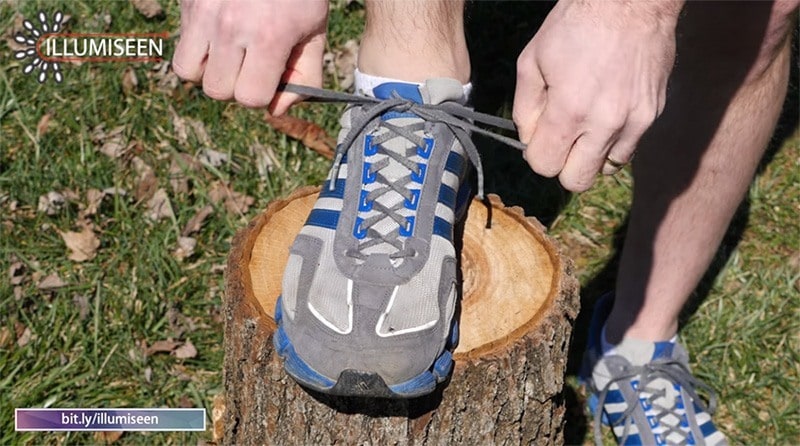
Forget those expensive socks, lotions or Band-Aids, this simple solution may fix all your problems!
Although in saying that, if you find this technique doesn’t stop all of your blisters, then some of those ‘expensive’ solutions do actually help:
Blister-resistant socks, or socks with reinforced heels and soles certainly help to cut down on the friction your feet are subjected to. A cheaper option would be to wear thick socks, or even two pairs of socks, but this can get a bit warm and sweaty during a race.
Keeping your feet dry is also another important factor to reduce the chance of a blister. Antiperspirant sprays or powders are a great start, and those previously mentioned blister-resistant socks are usually designed to draw moisture away from your skin.
Taping your feet is another popular method. The tape acts like an extra layer of strong skin, reducing the impact on your real skin underneath. Just be careful and take your time when applying the tape so that it stays put and firmly attached to your skin. This article by Blister Prevention explains that a poorly applied tape can actually become an irritant and make the problem worse!
Finally, you may have seen some people recommend moisturizing and lubricating your feet before a race, but sometime this can do more harm than good. Lubricants and moisturizers are designed to reduce the amount of friction on your feet, but they also soften and weaken your skin which can actually make it easier for a blister to form. They also make it hard for tape to stick to your feet, so don’t mix lubricants and taping.

